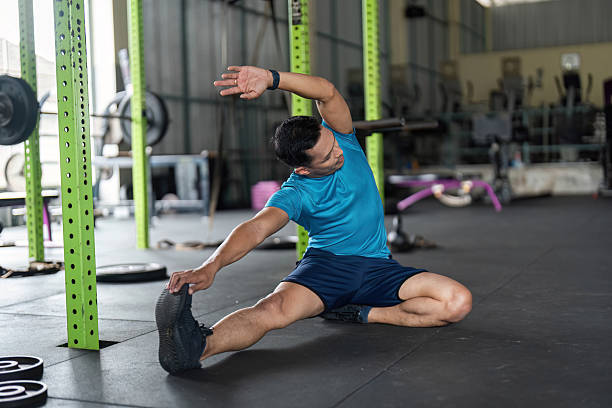Yoga vs Stretching: Which Is Better for Men’s Fitness?
In today’s fitness landscape, men are increasingly curious about how to improve flexibility, reduce injury risk, and enhance overall performance. Two popular approaches often discussed are yoga and stretching. Both have distinct characteristics, benefits, and ideal uses depending on the fitness goal and situation. But which one should men prioritize for better results? This article delves into the differences and connections between yoga and stretching, offering practical advice on when to incorporate each into your training routine, supported by scientific insights.
Understanding the Differences and Connections Between Yoga and Stretching
At first glance, yoga and stretching may seem similar because both improve flexibility and range of motion. However, their scope and intent differ significantly:
- Stretching is primarily focused on elongating specific muscles or muscle groups to improve flexibility or prepare the body for physical activity. It is usually static (holding a stretch) or dynamic (moving through a range of motion). Stretching can be simple and target isolated muscles.
- Yoga is a holistic practice combining physical postures (asanas), breathing techniques (pranayama), and often mindfulness or meditation. While yoga includes stretching, it also strengthens muscles, enhances balance, improves posture, and fosters mind-body awareness.
Connection: Both promote better mobility and injury prevention, but yoga adds layers of mental and muscular conditioning beyond just flexibility.
When to Use Yoga or Stretching: Different Scenarios
Before Training: Warm-Up and Preparation
- Stretching: Dynamic stretching is generally recommended before workouts. Movements like leg swings, arm circles, and gentle lunges activate muscles and increase blood flow without reducing muscle power. Static stretching before training may temporarily decrease strength and performance.
- Yoga: Gentle flow-style yoga sequences that incorporate dynamic movements and breath can also serve as effective warm-ups. Yoga poses that engage multiple muscle groups (e.g., Downward Dog, Warrior I) prepare the body and mind for exercise.
After Training: Recovery and Cool-Down
- Stretching: Static stretching after exercise helps lengthen tight muscles, reduce soreness, and restore flexibility. Holding stretches for 20–30 seconds targets muscle recovery effectively.
- Yoga: Post-workout yoga sequences focusing on deep stretches, relaxation, and breath control can accelerate recovery and reduce stress. Restorative poses (Child’s Pose, Reclining Twist) aid in calming the nervous system.
On Rest Days or Low-Intensity Days
- Yoga offers more holistic benefits, including improved circulation, mental clarity, and posture correction. Men can use yoga sessions on rest days to recover actively while building strength and balance.
Practical Recommendations and Actionable Moves
Here’s a combined approach to maximize benefits:
- Before workouts: Start with 5–10 minutes of dynamic stretching or a gentle yoga flow. Examples: Dynamic leg swings Arm circles Cat-Cow flow (yoga)
- After workouts: Dedicate 10 minutes to static stretching or yoga cooldown poses. Examples: Hamstring stretch Quadriceps stretch Downward Dog Child’s Pose
- Rest days: Engage in a 20–30 minute yoga session focusing on mobility and relaxation. Include poses such as: Warrior II Bridge Pose Reclining Twist
Scientific Evidence Supporting Yoga and Stretching Benefits for Men
Research shows both yoga and stretching improve flexibility, muscle function, and injury prevention in men. Studies indicate:
- Yoga enhances balance, muscular endurance, and reduces stress hormones, supporting both physical and mental health.
- Stretching—particularly dynamic stretching—optimizes muscle performance and decreases injury risk during sports and training.
- Combining both can lead to superior mobility and recovery outcomes than either alone.
Conclusion
For men seeking optimal fitness, the best approach is not to choose between yoga or stretching but to understand their complementary roles. Use dynamic stretching or gentle yoga flows before workouts, static stretching or restorative yoga after training, and incorporate full yoga sessions on rest days for holistic benefits. This balanced integration can elevate performance, reduce injury risk, and support long-term health.
